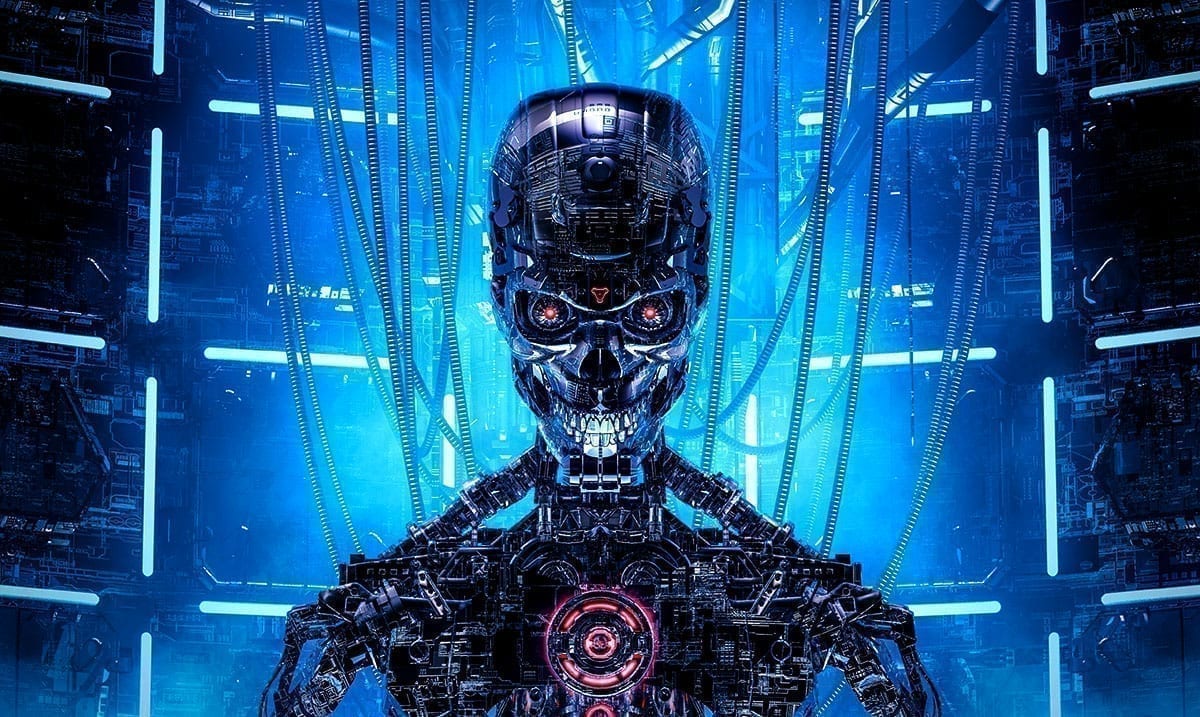Artificial intelligence is getting smarter and smarter as time passed. Actually, so much so that now there is even a level of ‘self-awareness’ when it comes to whether or not an AI is trustworthy.
According to MIT News, a neural network is now able to know when it can and cannot be trusted. This meaning it is able to in the long-run be more containable when you consider the concept of AI taking over the world. I know, that might sound a bit out there but it’s a concern many people seem to have.
Because these neural networks are designed to literally mimic the human brain, they can do a lot of things you might not think AI should be able to do. These models overall are quite interesting as they are able to basically doubt themselves. They know when to let us know that they are perhaps wrong and that is something that we until recently didn’t really have.
MIT wrote as follows on this topic:
After an up-and-down history, deep learning has demonstrated remarkable performance on a variety of tasks, in some cases even surpassing human accuracy. And nowadays, deep learning seems to go wherever computers go. It fuels search engine results, social media feeds, and facial recognition. “We’ve had huge successes using deep learning,” says Amini. “Neural networks are really good at knowing the right answer 99 percent of the time.” But 99 percent won’t cut it when lives are on the line.
“One thing that has eluded researchers is the ability of these models to know and tell us when they might be wrong,” says Amini. “We really care about that 1 percent of the time, and how we can detect those situations reliably and efficiently.”
Neural networks can be massive, sometimes brimming with billions of parameters. So it can be a heavy computational lift just to get an answer, let alone a confidence level. Uncertainty analysis in neural networks isn’t new. But previous approaches, stemming from Bayesian deep learning, have relied on running, or sampling, a neural network many times over to understand its confidence. That process takes time and memory, a luxury that might not exist in high-speed traffic.
The researchers devised a way to estimate uncertainty from only a single run of the neural network. They designed the network with bulked up output, producing not only a decision but also a new probabilistic distribution capturing the evidence in support of that decision. These distributions, termed evidential distributions, directly capture the model’s confidence in its prediction. This includes any uncertainty present in the underlying input data, as well as in the model’s final decision. This distinction can signal whether uncertainty can be reduced by tweaking the neural network itself, or whether the input data are just noisy.
To put their approach to the test, the researchers started with a challenging computer vision task. They trained their neural network to analyze a monocular color image and estimate a depth value (i.e. distance from the camera lens) for each pixel. An autonomous vehicle might use similar calculations to estimate its proximity to a pedestrian or to another vehicle, which is no simple task.
Their network’s performance was on par with previous state-of-the-art models, but it also gained the ability to estimate its own uncertainty. As the researchers had hoped, the network projected high uncertainty for pixels where it predicted the wrong depth. “It was very calibrated to the errors that the network makes, which we believe was one of the most important things in judging the quality of a new uncertainty estimator,” Amini says.
To stress-test their calibration, the team also showed that the network projected higher uncertainty for “out-of-distribution” data — completely new types of images never encountered during training. After they trained the network on indoor home scenes, they fed it a batch of outdoor driving scenes. The network consistently warned that its responses to the novel outdoor scenes were uncertain. The test highlighted the network’s ability to flag when users should not place full trust in its decisions. In these cases, “if this is a health care application, maybe we don’t trust the diagnosis that the model is giving, and instead seek a second opinion,” says Amini.
I know, this might not sound like much to many but overall it’s quite interesting to think about. As AI and things of this sort overall progress, we don’t know where things will end up. What do you think about all of this?

